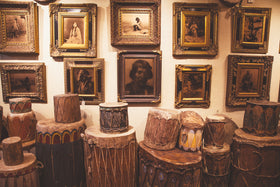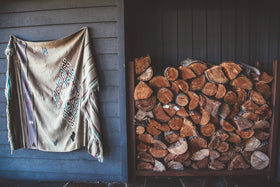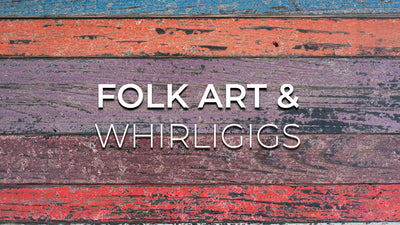Germantown Weavings

Natural dyes and hand-spun wool were used by Navajo weavers until the 1870s. At that time, aniline dyes were introduced, replacing the natural dyes. As commercial traders began the serious marketing of the Navajo weavings both in California and the East, production could not keep up with the demand. Hand-spun wool became scarce, so the traders came up with a solution. Three-ply commercial yarns began to be produced in 1868 in the Germantown suburb of Philadelphia. The government-licensed traders provided these yarns to the Navajo, transporting them to the Southwest via the new railroad. By the early 1870s, four-ply yarn became the mainstay, producing a consistent, fine weave.

Navajo weavers went on a color binge. Artists that had always been limited to very basic and subtle color palettes now had 50 hues at their fingertips. The increase in colors and the ease with which they were procured stimulated master weavers to higher creativity and led to an explosion of artistic expression. One of the most unique aspects of Germantown weavings is that often latch hook fringe was added after the rug was woven. This means that even if the fringe has worn down, the structure of the weaving remains tight.
As they were no longer spinning their own wool, Navajo weavers substituted commercial cotton twine, which was available for the first time in substantial amounts, for the stronger hand-spun wool warp. Both the Fred Harvey and Ganado trading posts discouraged the practice of cotton warps as they did not wear as well as those with a wool warp. Traditional designs gave way to new ideas, instead of being limited to the right-angle terraces of the prior period. Navajo weavings became dominated by the smooth-sided diamonds and triangles called “eye dazzlers.”
Most Germantown weavings were produced during the transitional period between 1880 and 1905, with the majority produced during the 1880s for sale to the traders. Due to the high cost (ten times more per pound of wool) and reduced durability, there was no longer a demand for Germantown weavings by 1900. The traders discontinued selling the commercial yarn and encouraged the Navajos to go back to their hand-spun wool.
As Navajo weavers only had access to Germantown yarn for a short period of time, relatively few Germantowns were woven and larger sizes are particularly scarce. Germantown weavings were not sturdy enough to be used as floor rugs and not warm enough to be used as blankets, so they were used as wall hangings. A high percentage of these weavings remain in excellent condition as they were expensive at the time and therefore treated with great care. Germantowns were collected by early enthusiasts such as Randolph Herst, who paid $1500 (which would be around $44,000 today) for a prime example. These weavings continue to be highly collectible today both by textile collectors and the art world.
Cisco's has an exceptional variety of Germantown weavings for sale. Click here to view our complete collection.









